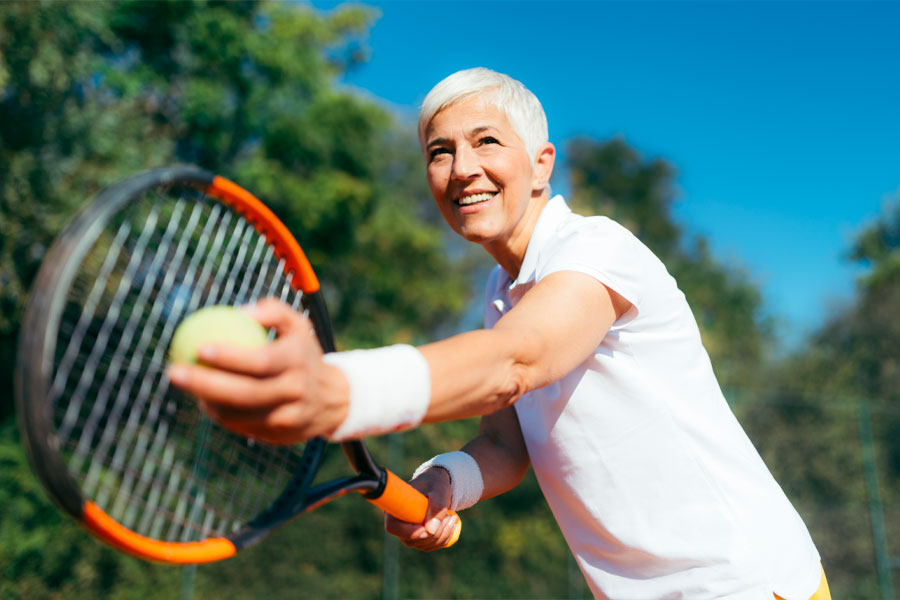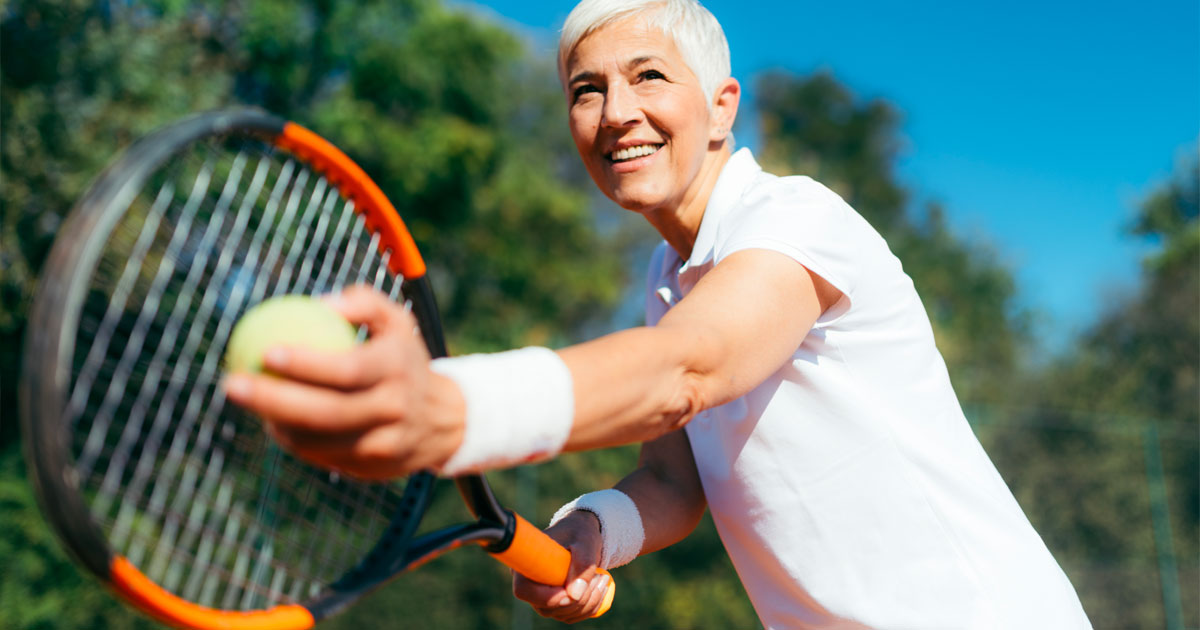
If you’ve ever hit your funny bone, you know first-hand about elbow pain. Actually, there’s no such thing as a funny bone. What’s really happening is that you hit the ulnar nerve at a place where it’s exposed between the bones in your elbow. And it’s not that funny; hitting the nerve sends a jolt of pain shooting through your arm. The only good thing about hitting your funny bone is that the pain is very short lived.
Your elbow is a joint in which the two long bones of your forearm (ulna and radius) come together with the long bone of your upper arm (the humerus). There’s cartilage at the end of the bones, and the joint is held together with tendons that connect muscle to bone, and ligaments that connect bone to bone.
There are a number of causes of elbow pain, but by far the most common is inflammation or injury to the tendons. Your tendons are a kind of connective tissue that are engaged every time your muscles move bone. Tendon damage, or tendonopathy, includes tendonitis, or inflammation of the tendons, and tendonosis, when the fibers of the tendon become damaged. There are two types of elbow tendonopathy, tennis elbow and golfer’s elbow. Both can occur whether or not you play golf or tennis.
Tennis elbow is an injury to the tendons on the outside of your elbow. It’s also called lateral epicondylitis. Tennis elbow occurs when the tendons in your forearm that attach to the outside of your elbow become injured or inflamed. It most commonly affects people between the age of 30 and 50, and at one time or another about half of tennis players will get it. That said, many people who get tennis elbow don’t play tennis or other racquet sports. Tennis elbow is most commonly caused by repetitive movements or activities that involve impact of your wrist and hand. This includes throwing, swimming, painting, woodworking, cutting with a scissors or a knife and typing.
In almost every case, the first symptom of tennis elbow is pain. The pain may be felt at a specific point on the outside of your elbow, in the muscles just below the outside of your elbow or it may radiate down your forearm. In addition to pain, you may experience grip weakness, numbness or tingling in your hand or a shooting pain when you try to use your arm. In severe cases, people with tennis elbow describe pain when they try to shake hands, open a jar or brush their teeth.
Golfer’s elbow is similar to tennis elbow, in that it’s tendon-related and occurs in your elbow. The difference is that golfer’s elbow occurs on the inside of your elbow, and is called medial epicondylitis. The pain with golfer’s elbow can be felt at the inside of the elbow, in the muscles of your inner forearm and into the palm-side of your hand. Like tennis elbow, you may feel numbness and tingling into your wrist and hand, sometimes into your ring or small fingers.
While playing golf is a common cause of golfer’s elbow, it also happens to weight lifters from curling too heavy a weight or from doing too many repetitions. Golfer’s elbow can also be the result of throwing, racquet sports and working with carpentry tools.
Acupuncture can be an effective treatment for elbow tendonopathies for a couple of reasons. It increases the circulation of neurotransmitters in your brain that help relieve pain. Researchers have also found that acupuncture helps to reduce inflammation locally, where the needles have been placed. Acupuncture also boosts circulation of blood and healing nutrients, and it supports the healing process. This is especially important in the case of tendinosis, in which the goal of treatment is to heal the damage to the tendon.
In choosing a treatment plan for your tennis or golfer’s elbow, your acupuncturist may also incorporate a number of other healing therapies into your sessions. These include electro-acupuncture to enhance the effectiveness of the needles, heat therapy, cupping or a kind of massage, called Tui Na. They will likely advise you to rest your arm to avoid further damage and may prescribe a stretching program. Your practitioner may also advise you about bracing or taping to limit movement, if necessary. This can also help to keep your wrist in a neutral position during impact (such as hitting a tennis or golf ball) as a way to prevent future injury.
Tendon injuries to your elbow can be especially frustrating. It seems like they take forever to heal, they can be painful and limit your everyday activities. However, your acupuncture practitioner can help speed up the healing process, provide pain relief and help you get back to living your life.

Cindy Chamberlain is an acupuncturist in Overland Park, KS and the founder of Eastern Healing Solutions, LLC. She is licensed in Kansas and Missouri and has been practicing traditional Chinese medicine since 1996.


